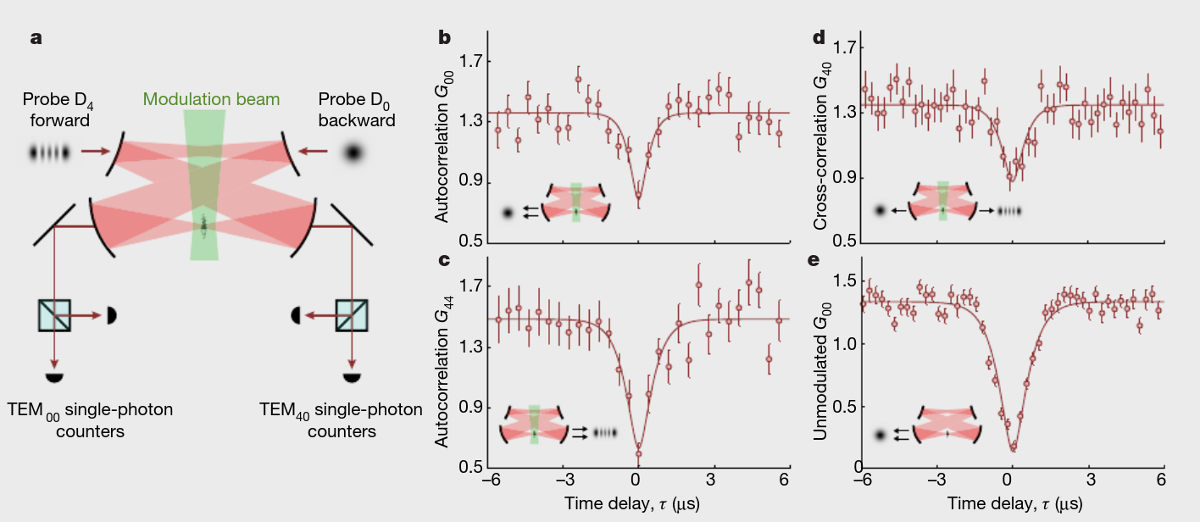
Scientists Logan W. Clark, Ningyuan Jia, Nathan Schine, Claire Baum, Alexandros Georgakopoulos & Jonathan Simon published their work about colliding photons and interacting polaritons.
Abstract:
Ordinarily, photons do not interact with one another. However, atoms can be used to mediate photonic interactions1,2, raising the prospect of forming synthetic materials³ and quantum information systems4–7 from photons. One promising approach combines highly excited Rydberg atoms8–12 with the enhanced light–matter coupling of an optical cavity to convert photons into strongly interacting polaritons13–15. However, quantum materials made of optical photons have not yet been realized, because the experimental challenge of coupling a suitable atomic sample with a degenerate cavity has constrained cavity polaritons to a single spatial mode that is resonant with an atomic transition. Here we use Floquet engineering16,17—the periodic modulation of a quantum system—to enable strongly interacting polaritons to access multiple spatial modes of an optical cavity. First, we show that periodically modulating an excited state of rubidium splits its spectral weight to generate new lines—beyond those that are ordinarily characteristic of the atom—separated by multiples of the modulation frequency. Second, we use this capability to simultaneously generate spectral lines that are resonant with two chosen spatial modes of a non-degenerate optical cavity, enabling what we name ‘Floquet polaritons’ to exist in both modes. Because both spectral lines correspond to the same Floquet-engineered atomic state, adding a single-frequency field is sufficient to couple both modes to a Rydberg excitation. We demonstrate that the resulting polaritons interact strongly in both cavity modes simultaneously. The production of Floquet polaritons provides a promising new route to the realization of ordered states of strongly correlated photons, including crystals and topological fluids, as well as quantum information technologies such as multimode photon-by-photon switching.
A full work may be found at:
https://www.researchgate.net/publication/334209734_Interacting_Floquet_polaritons


